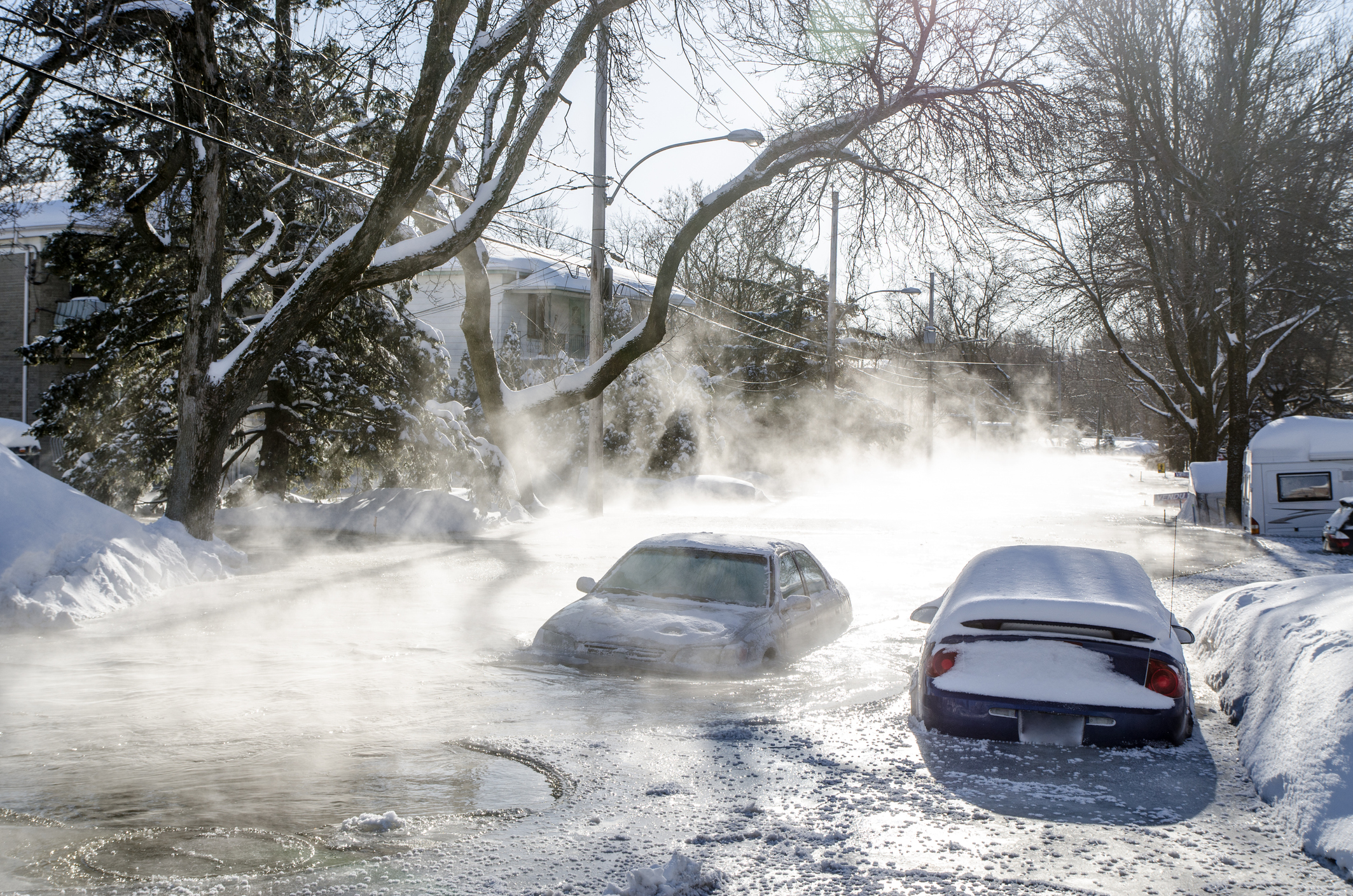As winter unfolds, it brings not just fridged temperatures but also the increased risk of flooding. While snowflakes and ice may paint a serene picture, they can quickly transform into a formidable force when temperatures rise, leading to winter floods. This article aims to guide you through essential steps for preparing for such events, ensuring the safety of your family and protecting your property.
Understanding winter floods
Winter flooding occurs when snow melts rapidly, often exacerbated by rain. Unlike typical floods, these types of floods often are compounded by the challenges of cold weather and potential ice blockages in waterways. Understanding the unique nature of winter floods is crucial for effective preparation.
Preparation steps
Stay informed. Knowledge is power. And in this case, your first line of defense. Keep an eye on local weather forecasts and flood warnings. Agencies like the National Weather Service provide timely updates.
Understand your risk. Knowing whether your area is prone to winter flooding is key. If you are unsure, your insurance agent or broker often can help check flood maps and history to assess your risk level.
Prepare your home. Ensure your home’s readiness by checking sump pumps, clearing gutters, and inspecting your roof for potential leaks. In more extreme cases sandbags can be used to divert water away from your home.
Emergency kit. Assemble a kit with essentials like nonperishable food, water, medications, warm blankets, flashlights, and a battery-powered radio. Remember, winter floods can lead to power outages and isolation.
Plan for evacuation. Know your evacuation routes and have a plan in place. In case of an emergency, quick and orderly evacuation can be lifesaving.
Insurance check. Review your homeowners insurance policy. Standard policies often do not cover flood damage. You may want to consider contacting your insurance agent or broker to discuss flood insurance, especially if you’re in a high-risk area.
During a flood
In the event of a flood, prioritize safety above all else. Follow evacuation orders without delay and avoid walking or driving through floodwaters. For more detailed guidance during a flood, visit Ready.gov’s comprehensive guide.
Post-flood recovery
After the waters recede, the recovery process begins. Exercise caution when returning home, watching for structural damages and potential electrical hazards. Document all damages for insurance claims and initiate clean-up as soon as possible—wear protective gear.
Winter floods, while challenging, can be navigated safely with proper preparation and awareness. By staying informed, preparing your home, and understanding your insurance coverage, you can mitigate the risks associated with these natural events. Remember, the key to managing any disaster is preparation, and with these tips, you’re well on your way to ensuring the safety and security of your loved ones and property.

Bradford J. Lachut, Esq.
Bradford J. Lachut, Esq., joined PIA as government affairs counsel for the Government & Industry Affairs Department in 2012 and then, after a four-month leave, he returned to the association in 2018 as director of government & industry affairs responsible for all legal, government relations and insurance industry liaison programs for the five state associations. Prior to PIA, Brad worked as an attorney for Steven J. Baum PC, in Amherst, and as an associate attorney for the law office of James Morris in Buffalo. He also spent time serving as senior manager of government affairs as the Buffalo Niagara Partnership, a chamber of commerce serving the Buffalo, N.Y., region, his hometown. He received his juris doctorate from Buffalo Law School and his Bachelor of Science degree in Government and Politics from Utica College, Utica, N.Y. Brad is an active Mason and Shriner.





